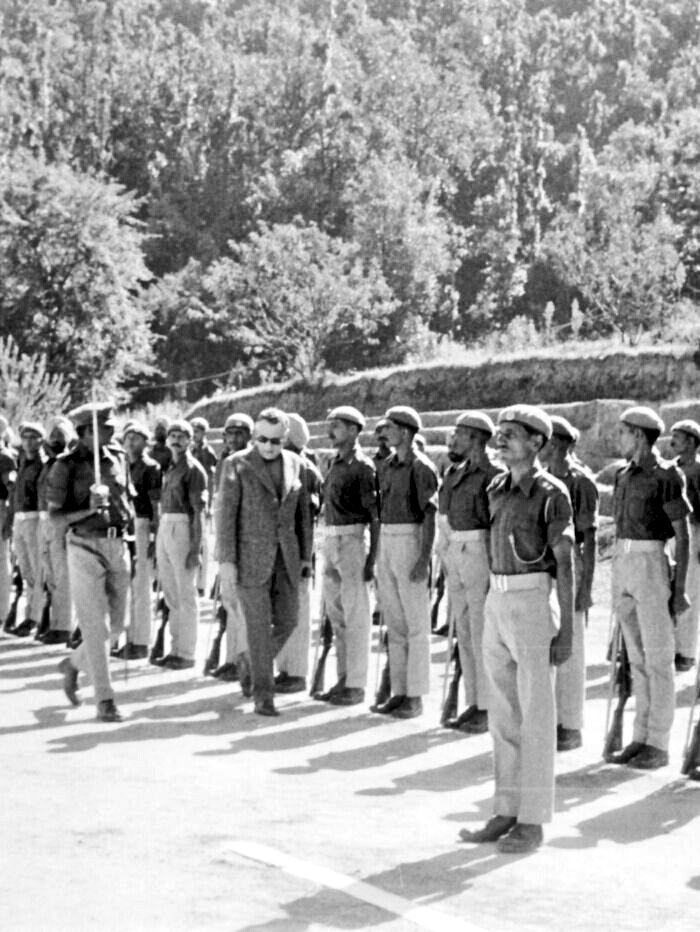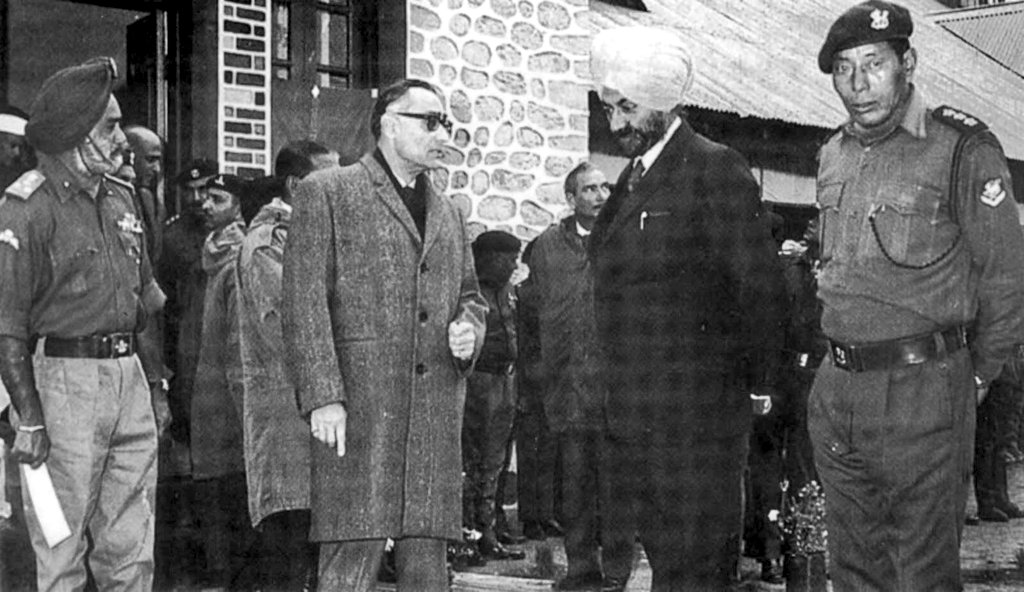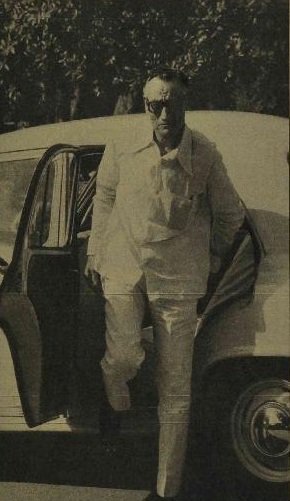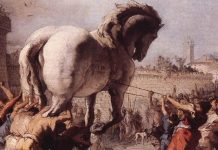Remembering the legendary spy-master R.N. Kao on his birth centenary.
A Kashmiri from Benaras
Rameshwar Nath Kao, who would later become the founding-head of India’s exclusive external intelligence agency under the Cabinet Secretariat, when it was created by Indira Gandhi in 1968, was born on Friday, 10 May 1918, at Benaras, to a Kashmiri Pandit family. He was raised by his uncle, and educated at Baroda, Lucknow, and Allahabad. In 1940, he joined the Imperial Police (now Indian Police Service) and was assigned to the United Provinces cadre.

The IB Years
On the eve of independence, in 1947, Ramji, as he was addressed affectionately by most, was seconded to the Intelligence Bureau (IB), and it is here that he would spend the next twenty-one years of his life. One of the principal tasks assigned to Ramji was VIP Security, and in this role, he spent a long time handling the security detail of Pandit Jawahar Lal Nehru, India’s first Prime Minister. In 1961, when Queen Elizabeth II toured India, between the months of January and March, Ramji was the designated Security and Liaison Officer to Her Majesty and Prince Philip.
1962 and After
In wake of the Chinese Aggression of 1962, Ramji Kao had a ring-side view of the reorganisation of the security apparatus. As a senior functionary in IB, which was then under Director BN Mullick, he was responsible – both directly and indirectly – for creating and nurturing organisations, named and unnamed, which would go on to become institutions in the due course of time.
After the India-Pakistan War of 1965, and upheavals within India, a need was felt to reorganise the external intelligence setup within IB. On 21st September 1968, the then Prime Minister Indira Gandhi created the Research & Analysis Wing (R&AW) with Ramji Kao as its first Secretary. Along with his deputy, K. Shankaran Nair, and 250 officers of IB, he would soon go on to change the map of Asia.

Bangladesh and Other Victories
During the crisis in East Pakistan in 1971, R.N. Kao advised Mrs Gandhi closely throughout, with R&AW being at the forefront of India’s covert war. K. Shankaran Nair, under his alias “Colonel Menon” led the action close to the ground, helping India to victory in the India-Pakistan war of 1971 and midwifing the creation of the new State of Bangladesh. Kao continued to monitor the situation in Bangladesh even after India’s historic win and when Bangabandhu Sheikh Mujibur Rahman began to lose his popularity, he went to Dhaka himself to warn him of a plot that was brewing against him. Unfortunately, Sheikh Sa’ab chose not to heed his words and on 15 August 1975, along with almost his entire family, Sheikh Sa’ab was assassinated.

Image: An extract from Indira by Devapriya Roy & Priya Kuriyan, courtesy Contxt, Westland
Ramji Kao was at the centre of many critical ventures for the Indian State: from hoodwinking foreign intelligence agencies, while India ushered itself into the nuclear age, in 1974, to the amalgamation of Sikkim into the Union of India, to the setting up of the intelligence agencies of many African nations, and many others, too numerous recount.
Falling Out With Morarji Desai
In 1977, following the election of the Janata Govt, Ramji Kao resigned in protest, having been slighted by the new Prime Minister Morarji Desai who had a great deal of suspicion about R&AW, and slashed its annual budget. K. Shankaran Nair, who became the Secretary after Kao, lasted barely three months, after which he too resigned, following suit.
However, in 1980, once Mrs Gandhi came back to power, Ramji Kao returned to the government as Security Advisor to the Prime Minister of India, and he made a few momentous contributions in his second innings as well. He resigned after Indira Gandhi’s assassination on 31 October 1984.

Quirks
An intensely private person, hardly much is known about Ramji’s private life, or for that matter his work too, except for a few instances of great international significance. It is often said that Ramji was photographed just twice in his life. While this might not be entirely true, he did eschew being photographed as much as possible!
Admirers
In 1982, Count Alexandre de Marenches, the head of the Service de Documentation Extérieure et de Contre-Espionnage (SDECE), the external intelligence agency of France at the time, was once asked to name five great intelligence chiefs of the 1970s. Naturally, Kao was on his list. What he went on to say about Kao after that is memorable: ‘What a fascinating mix of physical and mental elegance! What accomplishments! What friendships! And, yet so shy of talking about himself, his accomplishments and his friends.’
The young men who worked with Ramji were often called the Kao-boys. (Except for a few instances, in those days, most of his associates in the agency were men.) One un-named Kao-boy remarked that he was known to be short tempered, a fine judge of people and of character, with a keen eye for detail and minute with his file work. ‘God help you if you made mistakes, Kao saab would skin you alive. He would protect his officers to the hilt, victory was always shared, and he would personally take the blame for failure.’ He had a razor sharp memory, never forgot a name or face, and was forever an on-the-ground operational sort.
Another Kao-boy said of him, ‘Kao sahib had a habit of recruiting his officers at first and immediate glance. Once he identified talent, that officer would become a Kao-boy.’
A Statue for Mr Kao
RN Kao loved horses and sculpting; and he created some fine specimens of his favourite animal. B Raman, who was one of the many Kao-Boys, wrote in The Kaoboys of RAW: Down Memory Lane, ‘It is said that during a visit paid by Kao to the CIA headquarters in Washington DC, [George HW] Bush [then the Director of CIA] gifted to him a small bronze statue of a cowboy. Kao always used to keep it on his table in the office… [Later] he had a large replica of this statue made by Sadiq, a sculptor from Calcutta, and gifted it to the R&AW.’
What very few know is that Sadiq had sculpted the cowboy’s face to resemble R.N. Kao’s.
© Delhi Defence Review. Reproducing this content in full without permission is prohibited.



































